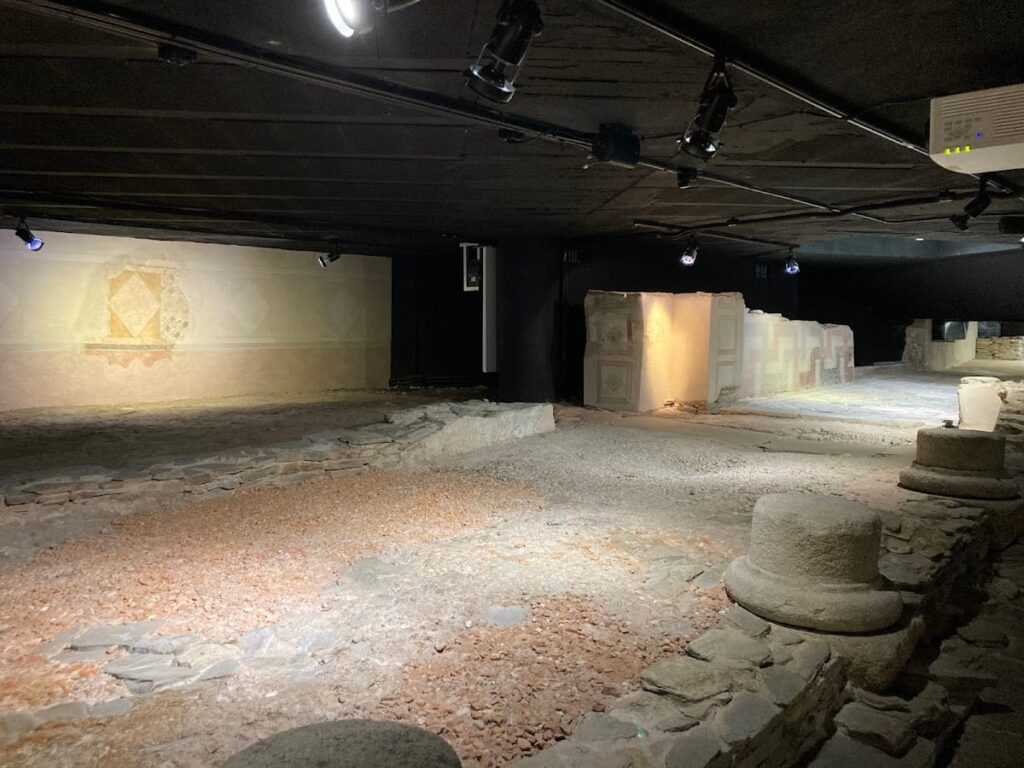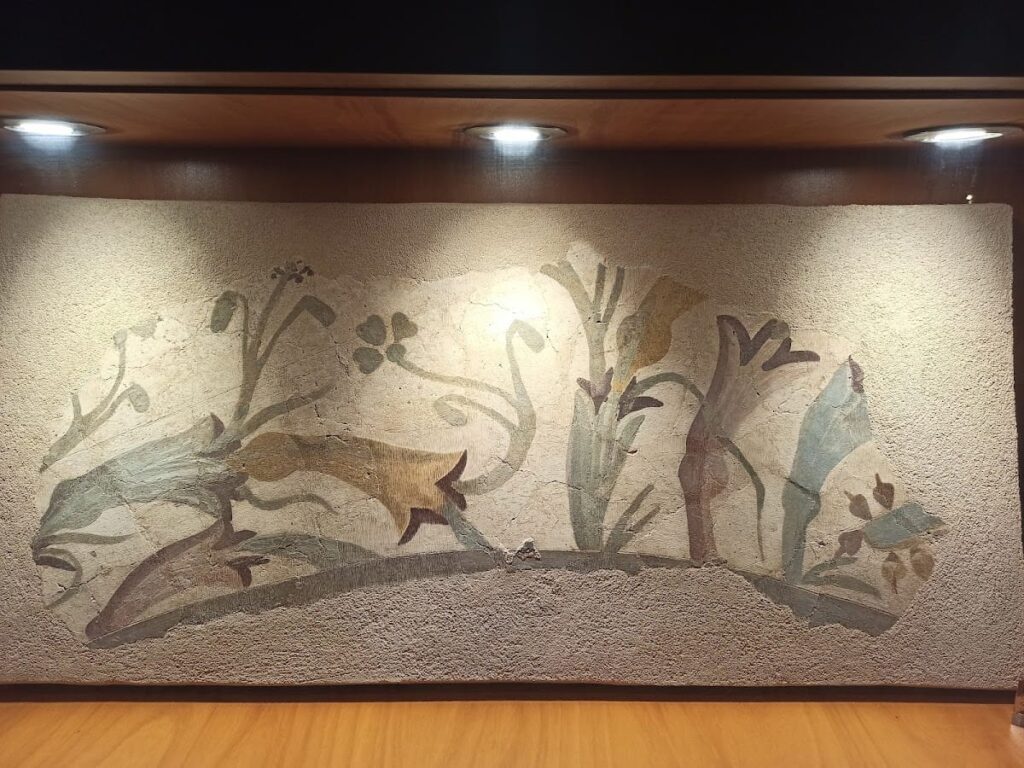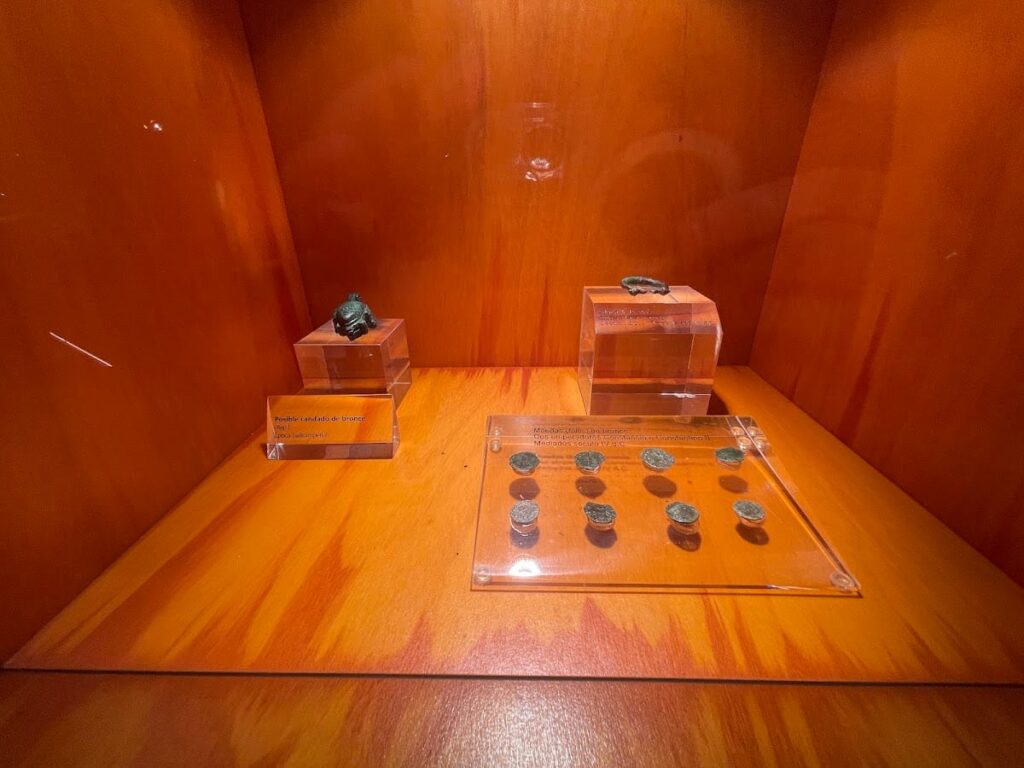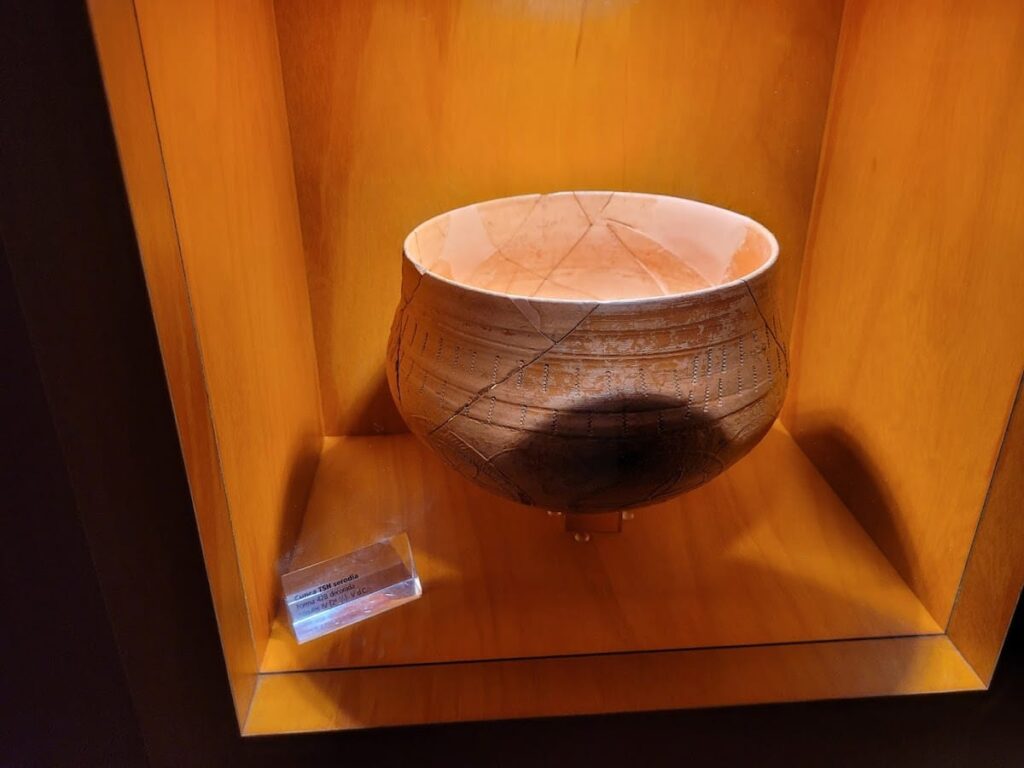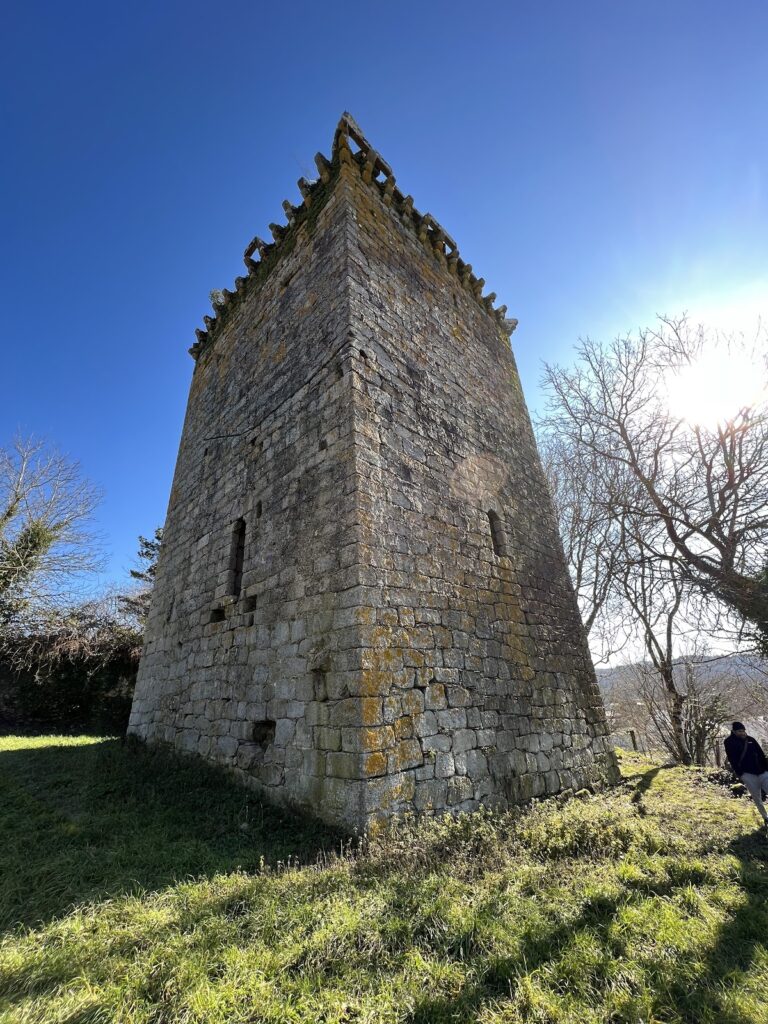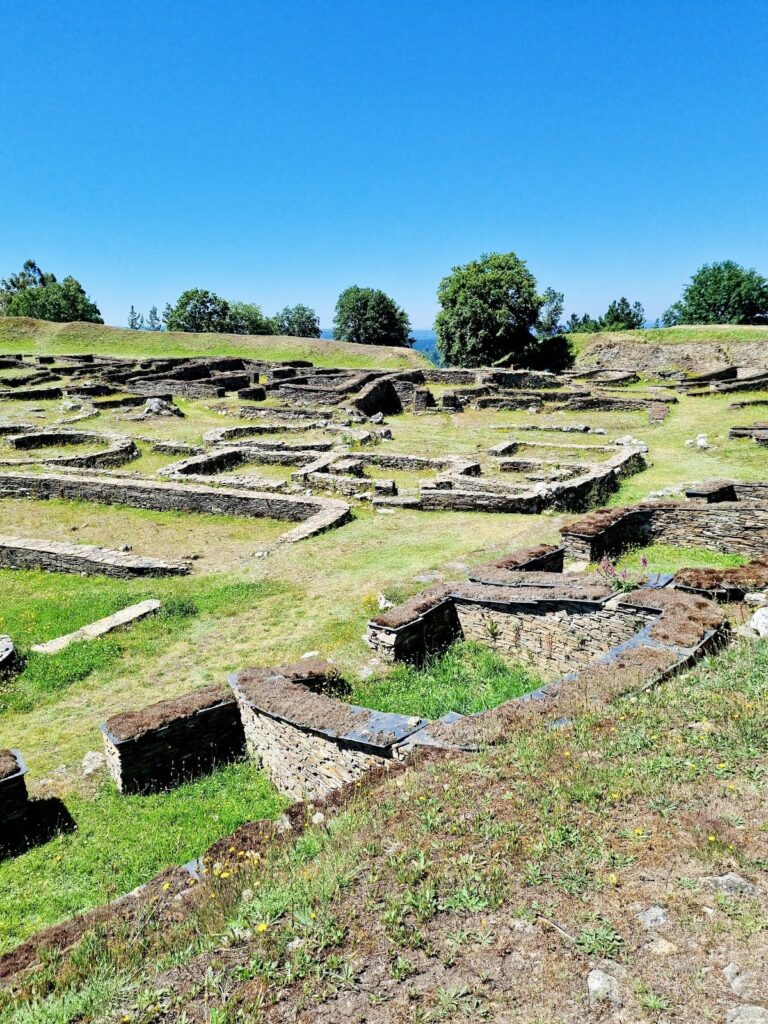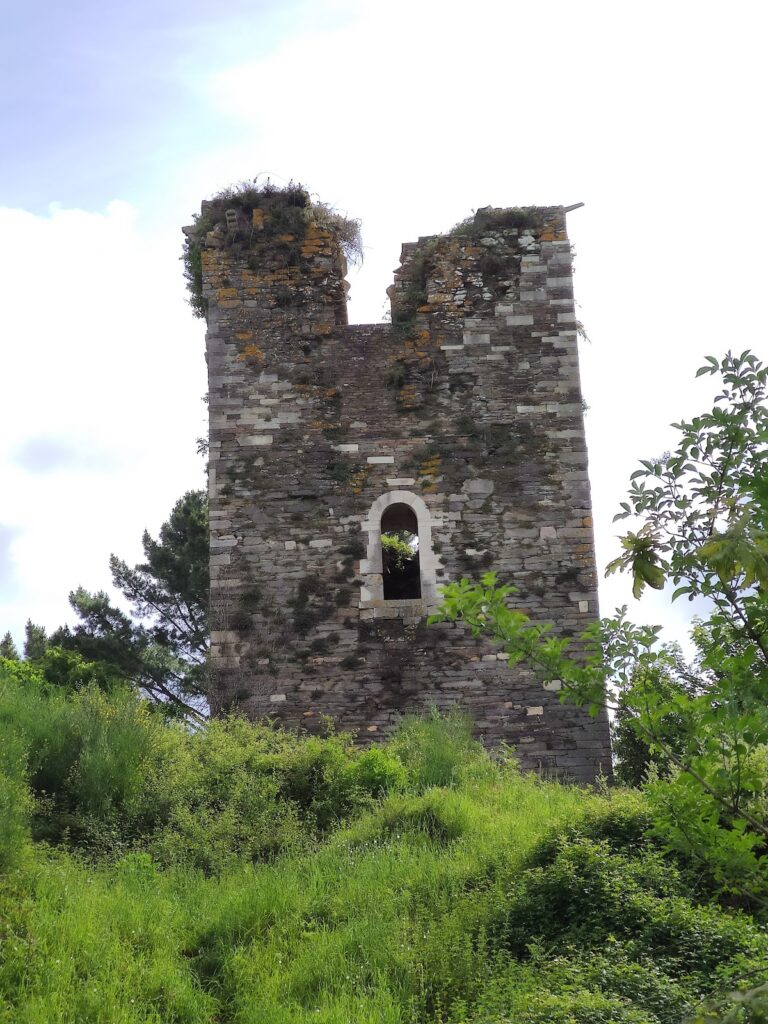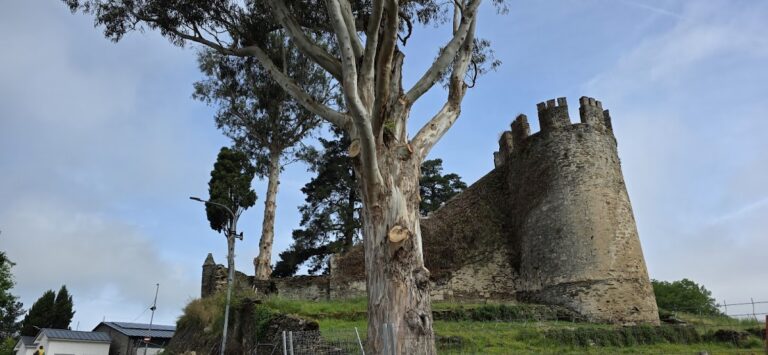House of Mosaics in Lugo: A Roman Domus Reflecting Urban Life
Visitor Information
Google Rating: 4.3
Popularity: Low
Google Maps: View on Google Maps
Country: Spain
Civilization: Roman
Remains: Domestic
History
The House of Mosaics, situated at Rúa Doutor Castro, 20, 22 in Lugo, Galicia, was constructed during the Roman period. Lugo, known in antiquity as Lucus Augusti, was a notable Roman settlement in the northwest of the Iberian Peninsula.
Initial construction phases of the house may date back to between the 1st and 2nd centuries AD, although the most substantial occupation and decoration occurred in the late 3rd to early 4th centuries AD. During this period, the domus served as a large and elaborately adorned residence.
The site’s name derives from a mosaic discovered in 1842 depicting Oceanus, the Roman god of the ocean, which was found on the street where the house stands. This mosaic has become emblematic of the house and its artistic heritage.
Remains
The House of Mosaics comprises the archaeological remains of a Roman domus characterized by a complex layout of multiple rooms arranged around an interior courtyard. The structure includes a large reception hall, known as an oecus, and an adjoining antechamber, both featuring finely crafted mosaic floors. The domus dates primarily from the late 3rd to early 4th centuries AD, with some elements possibly originating earlier.
The house contains a triclinium, or winter dining room, equipped with a hypocaust system, an underfloor heating technology that demonstrates advanced Roman engineering. This feature highlights the comfort and sophistication of the residence.
Decorative elements include mosaics of exceptional quality and surviving mural paintings on some walls, providing insight into the artistic preferences of the period. Structural remains such as column bases have also been identified, indicating the presence of porticoed spaces within the house. Smaller adjoining rooms surround the main halls and courtyard.
Some mosaics remain visible beneath the current street pavement through an archaeological viewing window, preserving the original floor decoration in situ. The overall condition of the remains is fragmentary but sufficiently preserved to allow study and display.
